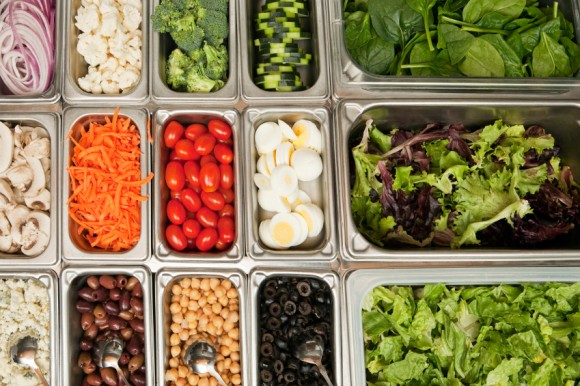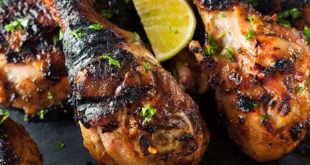
What’s the key to cooking for large groups without losing your mind? Sanity lies in a simple French phase …
Remember: mise en place
Mise en place—pronounced meez ahn plas—means to put things in place, to prepare. Every food service pro understands the importance of having everything in its right place. Without proper attention to mis en place, things can get chaotic very quickly—and chaos in the kitchen results in hangry (hungry + angry) guests.
Measure twice
You know the old woodworking adage “measure twice, cut once”? That applies to food prep as well, so be sure to double check the conversion rates of your ingredients. This conversion and measurement infographic we made might help!
Have landing zones ready
Tundra’s Chris Tavano, who was a chef in a prior life, suggests having “landing zones” prepared for everything. “It may feel redundant, as you may unnecessarily dirty a bowl for just holding ingredients, but organization is key,” says Chris. “For example, you might have an ice-bath landing zone for chilled items such as blanched asparagus or hard-boiled eggs, or a warming zone for hot items.”
Have the end result in mind
Otherwise, you can get hung up one task while other ingredients continue to cook. This is important but easy to forget.
Divide and conquer
Take a page from Henry Ford’s playbook: build processes, divvy up tasks, and refine them until you’re a model of efficiency. Balthazar, a bistro in New York City that serves hot, perfectly cooked steak frites to 1500 guests on a typical day, employs two full-time potato peelers! They approach french fry production with an industrial mindset that Ford would admire.
Clean as you go
A clean work zone is a healthy and efficient work zone. This is good to do in between each major task or prep work.
Make sure they’re some padding in your timeline
The last thing you want is your roast to be two hours late. For hot food items, be sure you cook them with plenty of time to spare. Put them in the oven a little earlier, and prepare a landing zone to keep it warm until serving.
“Braising is great because it allows you to slow roast the night before without any time constraint pressures, and refrigerate overnight to seal in flavors as it cools,” says Chris. “Then, the brasie can be reheated perfectly for service, with much less stress to the pressures of time.”
Take good notes
When the dust finally settles and your guests have gone home, take stock. What worked? What caused problems? What steps can you skip in the future? Don’t assume you’ll remember the next time you’re tasked with cooking for a large group. We suggest taking good notes so you don’t have to keep learning the same lessons over and over.
“Anything to save you a step in the future is good practice and thinking,” says Chris.
Hat tip to Chris Tavano for helping me write this post!
 Corner Booth Blog | TundraFMP Restaurant Supply, News & Equipment Blog
Corner Booth Blog | TundraFMP Restaurant Supply, News & Equipment Blog



